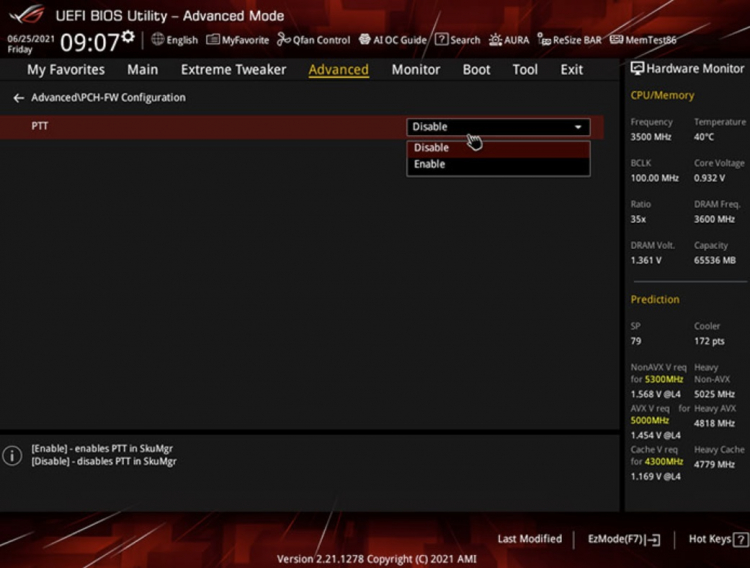

You can view the TPM version under TPM Manufacturer Information. If the TPM management window contains TPM Manufacturer Information, it indicates that the computer comes with TPM.Press Win+R to display the Run window, enter tpm.msc, and select OK.Checking the TPM version in the Windows operating system If the value is Disable which is black or gray and cannot be changed, it indicates that the computer does not support TPM.Įxample: The TPM-related option is black and cannot be changed.Ģ.If the value is Disable, press Enter, select Enable, Enter, or fTPM, press Enter to enable TPM, and then press F10 to save the settings and exit.If the value is Enable, Enter, or fTPM, it indicates that TPM is enabled.(The options in the BIOS settings may vary depending on the model and version.) Check the settings of the TPM-related options.


As we said, that means you either go out and buy the appropriate TPM module and plug it into the header, or you simply flip on the firmware TPM already built in the 8th-gen CPU. This throws up a flag in Microsoft’s Windows 11 requirement check, saying you need a TPM 2.0 is enabled. For example, on an 8th-gen Core i7 PC, we found the TPM support in its default state of “discrete”-which, as with most consumer desktops, means ‘off,’ because there was no optional TPM module installed. While support for the TPM on a 7-year-old PC to run Windows 11 is going to cause hand-wringing for the next six months, even newer PCs can have troubles. The consumer 11th-gen laptop (left) uses Intel’s embedded TPM, while the business-focused 8th-gen laptop (right) features a discrete TPM.


 0 kommentar(er)
0 kommentar(er)
